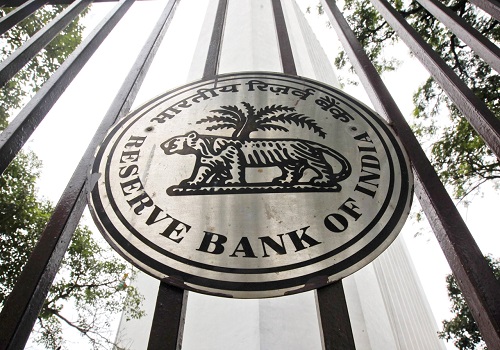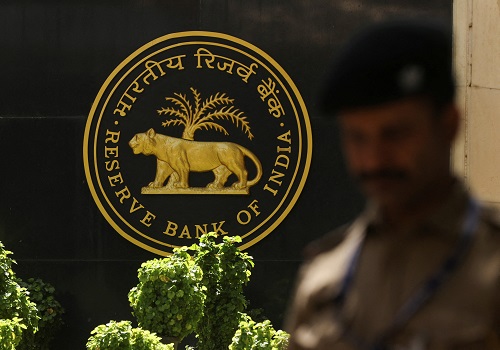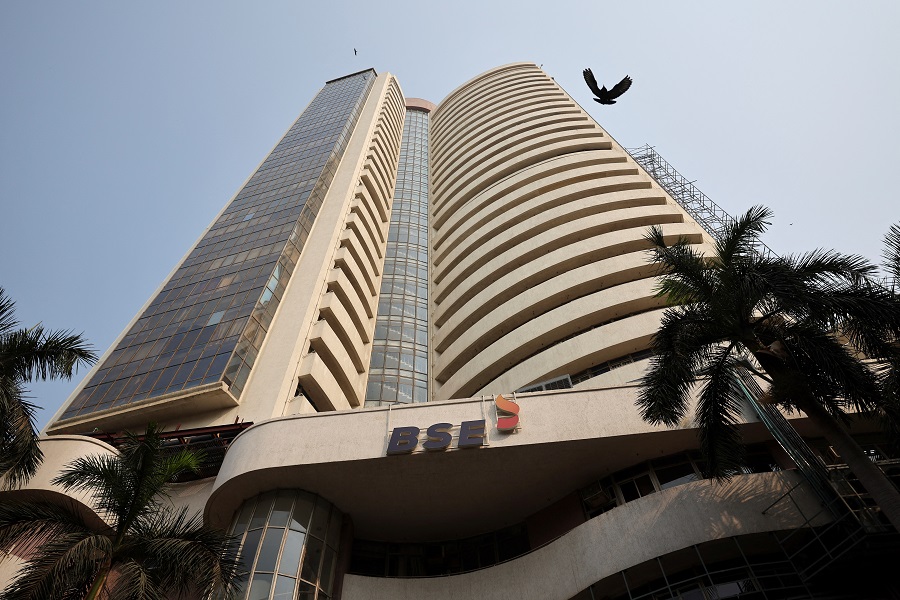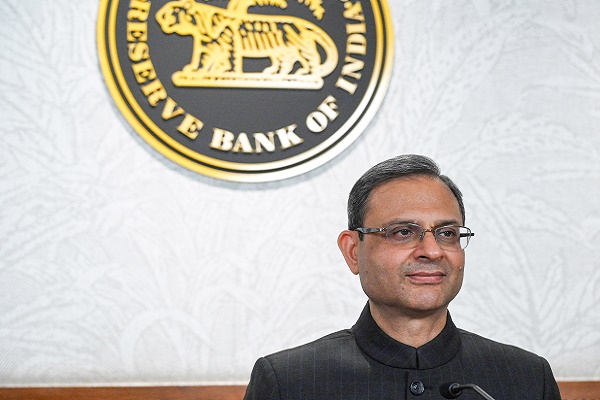Note on RBI MPC by Puneet Pal, Head-Fixed Income, PGIM India Mutual Fund

Below the Note on RBI MPC by Puneet Pal, Head-Fixed Income, PGIM India Mutual Fund
The End of the Rate-Cutting Cycle?
The MPC policy meeting today was as dovish as it could get, with the MPC delivering a bigger-than-expected 50 bps policy rate cut. More than the 50 bps rate cut, it was the 100 bps cut in CRR (in four equal tranches of 25 bps each beginning September 6, 2025) which came as a total surprise to the markets, as the RBI had already infused INR 7.40 lakh crore of liquidity through OMOs and FX swaps since January 2025.
As the markets were digesting these policy surprises, the monetary policy stance was changed back to “Neutral” from “Accommodative” after just one policy. (The monetary stance was changed from “Neutral” to “Accommodative” in the last MPC policy in April.) This change caught the bond market totally unaware.
The bigger-than-expected rate cut and the totally unexpected CRR cut were positive for the markets—at least for the shorter end of the yield curve—but the googly of changing the monetary policy stance and the comment in the monetary policy statement that “After having reduced the policy repo rate by 100 bps in quick succession since February 2025, under the current circumstances, monetary policy is left with very limited space to support growth” led the bond markets to believe that the rate-cutting cycle has effectively ended. The yield curve steepened further, with longer-duration yields edging higher.
The MPC’s decision to lower the policy rates was taken with a 4-1 majority. Further, the MPC lowered its inflation forecast for FY26 by 30 bps to 3.70% from 4.00%. The MPC statement, while giving the rationale for its decisions, noted that “Inflation has softened significantly over the last six months from above the tolerance band in October 2024 to well below the target, with signs of a broad-based moderation. The near-term and medium-term outlook now gives us the confidence of not only a durable alignment of headline inflation with the target of 4 percent, as exuded in the last meeting, but also the belief that during the year, it is likely to undershoot the target at the margin.”
On growth, the MPC retained its forecast for FY26 at 6.50%, and the MPC statement mentioned, “It is imperative to continue to stimulate domestic private consumption and investment through policy levers to step up the growth momentum. This changed growth-inflation dynamic calls for not only continuing with the policy easing but also frontloading the rate cuts to support growth.”
Thus, the MPC and RBI (through its liquidity-infusing measures) have unequivocally batted for supporting growth, with growing confidence that the inflation trajectory will evolve in line with projections.
Market Reaction:
Longer-duration bond yields rose in anticipation of the end of the rate-cutting cycle with today’s aggressive frontloading of monetary easing. The benchmark 10-year bond yield ended the day at 6.29%, up 4 bps from yesterday’s close, while yields were higher by 6–7 bps at the longer end of the yield curve (30 years and higher).
Money market yields (up to 12 months maturity) were lower by 15–30 bps, and yields in the up-to-5-year maturity segment were largely stable. The OIS curve also steepened, as the 1-year OIS was down 5 bps to 5.47%, while the 5-year OIS was higher by 7 bps.
We think the yield curve will continue to steepen further, as the clear message and intent from the RBI Governor and the MPC is that they will not only support growth but also provide a backstop in case of any external shock to growth. The focus of the monetary policy and RBI will be on effective and faster transmission of monetary policy by the banking sector so that the real sector continues to perform.
Our View: Yield Curve to Remain Steep:
The aggressive frontloading of monetary easing, along with the change in monetary policy stance from “Accommodative” to “Neutral,” has increased expectations in the bond market that the RBI/MPC are either at the end or near the end of the rate-cutting cycle.
While we believe the MPC will retain the status quo on policy rates over the next couple of quarters, further rate cuts cannot be ruled out if the growth trajectory does not pan out as per the RBI’s forecast.
Currently, the abundant liquidity and the attractive carry will be favourable for the shorter end (1–5 years) of the corporate bond curve, as spreads remain attractive in that segment. Some of the liquidity infused can be mopped up by the maturity of the short USD forward position of the RBI, though liquidity will remain in surplus and the SDF rate is likely to be the operational rate.
The RBI Governor, in the post-policy press conference, did not commit to the setting of the overnight call rate, but in our view, continuing with the SDF rate as the operational rate will be helpful in faster transmission, which is the real objective of the monetary policy currently.
We expect the yield curve to continue to steepen incrementally with elevated global bond yields and limited room for further monetary easing. The 10-year bond yield is likely to trade in a range of 6%–6.50% over the course of the next six months, with only a material downside to the growth and/or inflation outlook (which increases the prospects of further rate cuts) pushing the 10-year yield towards 6%.
Investors with a 12–18 month investment horizon can look at corporate bond funds, as we expect corporate bond spreads to narrow owing to abundant liquidity and attractive carry. Investors with an investment horizon of 6–12 months can consider money market funds, as yields can continue to drift lower in the 1-year segment of the curve.
Above views are of the author and not of the website kindly read disclaimer






















